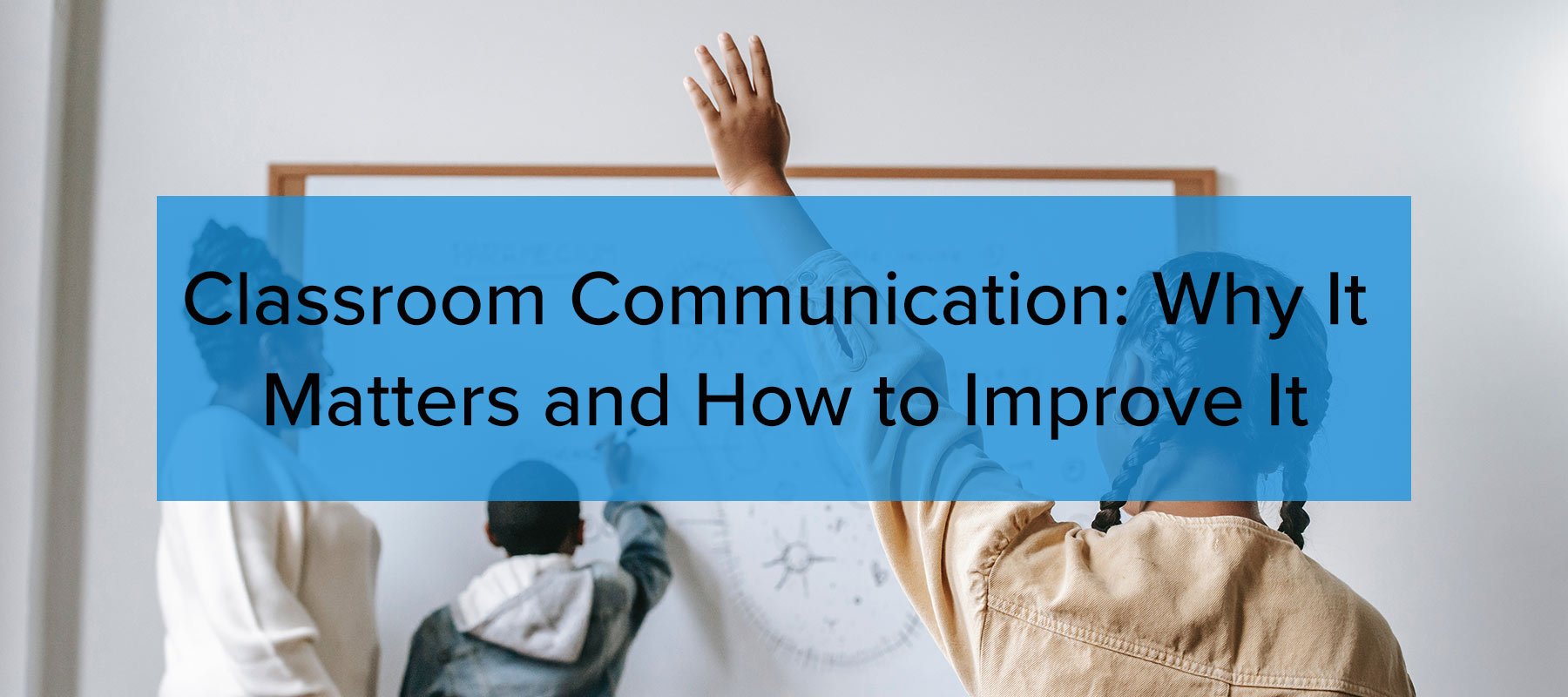
Communication in the Classroom: Why It Matters & How to Improve
Classroom communication is central to teaching; in fact, it’s almost a description of teaching. The ability to communicate effectively—through body language, verbal skills, and tactful interaction—is a key skill for teachers, enhancing engagement with students and parents and improving overall teaching effectiveness and classroom climate.But the image of classroom communication as a teacher talking to rapt rows of students is false on many counts. That’s not what happens, and it’s not the most effective method of transmitting information.
In this post we’ll show evidence that demonstrates that communication in classrooms is most effective when it’s a two-way street, informed by mutual respect, guided by educators and focused on understanding. We’ll address the importance of teacher-student and student — relationships. And we’ll end by looking at how new technological tools can be leveraged to accomplish much more effective classroom communication.
We’ll start with the case for classroom communication as a driver of educational and pastoral outcomes. Communication strategies should be adapted to different contexts within the classroom, such as group discussions, presentations, and one-on-one interactions.
Classroom Communication and Teaching Outcomes
Effective classroom communication is the basis of good educational outcomes. Well-structured lesson plans and careful planning can boost communication effectiveness and student engagement. Studies confirm that teachers who communicate better lead classes to better grades and retention rates, while higher dropout rates are partially attributable to poor classroom communication. A positive relationship between teachers and students is both a result of better communication, and contributes to an environment that supports it: we are looking at a virtuous circle, or positive feedback loop. It’s one that can help overcome in-class impediments to learning, such as poor attitudes or fractured relationships between teachers and students, helping to create bilateral communication environments centered on the pursuit of understanding rather than expression of conflict.
Within this framework student communication is also extremely important. Having thorough notes and a clear plan helps teachers communicate more effectively. Good teacher communication can encourage, model and coach effective student communication, including learning about expression, persuasion, self-advocacy and questioning. Effective communicators are more effective students, and good classroom communication from teachers can help close the gap between privileged and disadvantaged students in this regard.
Planning and preparation, including detailed lesson plans and notes, are essential for closing the communication gap between students.
Classroom Communication and Behavioral and Pastoral Outcomes
Good classroom communication can improve behavior and attitude, catch social problems within the school before they begin, and act as a foundation for social and emotional learning. Effective communication can reinforce positive behaviors and support social-emotional learning. Students who can communicate effectively can advocate for their own social and emotional needs and are less likely to turn to negative behaviors such as acting out, attention-seeking, dissociation or ‘tuning out.’
In turn, these SEL outcomes can help drive better academic outcomes: it’s another virtuous circle. In order to break existing vicious circles, self-stoking cycles of negative actions and negative outcomes, teachers have one ‘lever’ they can pull, an action which is in their direct control: they can improve in-class communication.
Types of Classroom Communication
Traditional in-person classroom communication consists of verbal and non-verbal communication — spoken or written requests to students, writing on whiteboards and chalkboards, and so on. Of course, this type of communication is a two-way street and students can also talk to teachers. The messages conveyed in the classroom, both verbal and non-verbal, play a crucial role in shaping understanding.
It also involves non-verbal communication; to some degree, being a teacher is being an actor, performing to the class. Teachers can model desirable behavior, and their nonverbal communication, like body language, can contribute to the atmosphere of the classroom and thus to the learning environment. eachers should pay attention to students' voices and encourage them to speak up, as listening when students speak provides valuable insight into their thought processes. (Students can communicate this way too — just think of all the time a student has told you what they think of you without speaking…)
However, we’re now able to communicate more effectively in classrooms because we can use dynamic visual aids, video, and simulated activities (digitally manipulating virtual objects, for instance). Visual aids and digital tools can help clarify the main point or message of a lesson. We’ll get further into this later in the post. For now, this graphic shows the types of learning that are known to lead to better retention and engagement — and, superimposed, the methods of communication that characterize the traditional classroom:
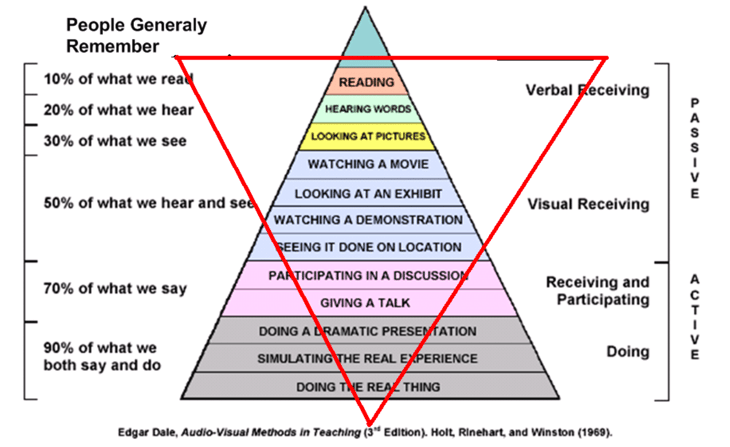
We focus on precisely the forms of communication that lead to worse outcomes, because they were historically the only ones available to us. Understanding students' thoughts and perspectives is essential for effective classroom communication. It’s time to change that. How can we encourage more effective classroom communication?
Encouraging Classroom Communication
Classroom communication doesn’t just happen. Effective classroom communication often requires planning in advance to create an environment where students feel comfortable participating. It’s the product of well-structured teaching and positive relationships between teachers and students, students and peers, and students and the school. When students feel safe, valued, and well-instructed, they feel like they can take part in classroom discussions, answer questions, and raise issues.
Create a Safe Environment
This goes beyond physical safety, though in some schools, that is a factor. It’s about feeling socially safe too. Teachers who use abrasive, shame-based techniques to punish students who raise their hands and get the answer wrong are less likely to see a forest of eager hands than those who address errors more positively (and no, of course, that doesn’t mean telling students they’re right when they’re not). But teachers aren’t the only source of power in a classroom. Students often feel intense social pressure from peers, and teachers have to find a way to override that so students can spend time learning instead of defending their reputations to their peer group. That can be achieved by teacher modeling, classroom management, and by direct personal communication between teachers and students.
Teamwork and Groupwork
In Lethal Weapon, two cops with completely opposite characters are obliged to work together. They gain insight and respect, become friends, and get their work done. It’s a trope — because it happens. People who truly dislike each other won’t do a joint book report and become besties, but suspicion, mistrust and uncertainty can evaporate in the shared pursuit of common goals. Again, if there’s a positive classroom environment, students can learn from their peers that they’re good at things they didn’t realize they could do, or even that they enjoy them.
Two Stars and a Wish: The Power of Positive Feedback
If all kids hear is negative feedback — don’t do that, this is wrong — what they’re hearing is: you’re wrong. It feels like personal rejection, and it leads to kids switching off, zoning out, acting up and giving up. But you can’t just tell someone who thinks two and two is five that they’re right so you don’t hurt their feelings. A part of a teacher’s job is to correct error. How can teachers communicate in a positive and affirming way but still address mistakes and problems?
One option is the ‘two stars and a wish’ approach, which addresses two good things in a student’s work and one that could use improvement. Teachers can use this method to get feedback from students or have students assess their own or each others’ work. (If you’re brave, you can ask students to apply it to you…)
This approach shouldn’t be understood as sparing students’ feelings because they can’t accept criticism; instead, it should be seen as a more effective way to communicate and modify work and behavior. In particular, when we’re seeking to establish the ‘virtuous circles’ of positive communication discussed above, positive feedback can be used to build supportive relationships with students — while teachers who rely on negative feedback more typically end up establishing conflictual student-teacher relationships.
Communicating with Diverse Stakeholders
You know, talking with all the different people in your classroom community... well, it's honestly one of the biggest game-changers for creating a space where everyone feels like they belong. These days, if you're teaching, you're not just dealing with students—you've got parents, guardians, and other staff all bringing their own backgrounds and ways of communicating. And honestly? Creating an environment where everyone feels heard starts with being really intentional about how you communicate, both with what you say and what you don't say.
Here's the thing about nonverbal stuff—your body language, how you stand, the look on your face—it can be just as powerful as your actual words when it comes to showing respect and understanding. If you're mindful of how you're coming across physically and you pay attention to those nonverbal cues from others, you can help create this welcoming vibe that gets people talking openly. This is especially huge when you're working with students who learn differently or who might be dealing with language barriers or come from different cultural backgrounds.
To help everyone feel included, you can use all kinds of visual aids—like videos, diagrams, those eye-catching infographics—to back up what you're saying and what you've written down. These tools don't just make lessons more engaging; they're lifesavers for students who need that extra help wrapping their heads around complex stuff. And here's something that really works: giving regular feedback and encouragement helps students build confidence and gets them more involved in those classroom discussions.
Accommodations—like tweaking assignments or offering extra support—are honestly key strategies for making sure all your students can actually access what you're teaching and show what they've learned. When you recognize and address what each student needs, you're creating this more fair environment that helps everyone succeed. At the end of the day, effective communication with all these diverse people in your classroom community is about being proactive, staying flexible, and really committing to better communication and understanding across your whole school.
Overcoming Barriers to Classroom Communication
You know, getting classroom communication right isn't just nice to have—it's honestly the foundation of everything that happens in a learning space. When communication breaks down, it's like trying to build a house on shaky ground. Students get confused, teachers feel frustrated, and everyone kind of misses the mark on what they're trying to achieve together. Poor communication creates this invisible wall between minds that should be connecting, and before you know it, you've got disengaged kids and academic performance that just doesn't reflect anyone's true potential. The thing is, figuring out what's actually causing these communication hiccups is your first step toward fixing them.
Teachers can start by taking a step back and really looking at what's happening in their classroom—kind of like being a detective in your own space. Getting feedback from students and fellow staff can reveal those blind spots where communication is quietly falling apart. Sometimes it's surprisingly simple stuff: maybe instructions sound clear in your head but come out muddled, or you're speaking too fast for some kids to keep up. Other times, it's the things you're not saying that matter most. Closed-off body language or avoiding eye contact can accidentally create distance when you're actually trying to connect. It's fascinating how much nonverbal communication shapes the whole classroom vibe without anyone really noticing.
To tackle these challenges, teachers have quite a few tricks up their sleeve, and honestly, mixing things up keeps everyone on their toes. Visual aids like diagrams, flowcharts, and videos work like translators for complex ideas—they help bridge the gap between different learning styles and make abstract concepts feel more concrete. Creating space for open discussions, whether in small groups or with the whole class, gives students permission to voice their thoughts and ask those questions they might be holding back. Restorative practices, like circle discussions, act kind of like trust-building exercises that make the classroom feel more like a community where everyone belongs and wants to participate.
Technology can also be a game-changer for breaking down communication barriers, though it's not a magic fix for everything. Tools like video conferencing and collaborative online platforms help you reach students who might be absent or need that extra support outside regular class hours. The key is being proactive and flexible—staying open to adjusting your approach when something isn't clicking. When you create an environment where communication flows naturally, students feel included and empowered to succeed. It's like removing the static from a radio signal; suddenly, everyone can hear each other clearly and the real learning can begin.
Using Digital Aids to Improve Classroom Communication
We have more options now than a chalkboard and a voice. We don’t have to wheel a big TV in to play VHS tapes. Digital displays give us access to moving images, to recorded lectures and talks, and to a range of blended communication styles — slides with embedded video, annotated speeches, and so on.
Many digital signage tools and resources for classroom communication are available for free, making them accessible to educators and students.
That’s a massive positive, because, as we’ve seen, sitting still and reading or listening to someone talk is one of the most ineffective means of communicating information we have. The real picture is more complex, because we can identify multiple learning styles as well as a general ‘pyramid of efficacy.’ This picture is itself complicated by the fact that almost no one has a single learning style and the most common configuration is ‘quadmodal’:

Of the four identified learning styles — Visual, Auditory, Reading/Writing, and Kinesthetic — over a third of those surveyed here preferred all four:
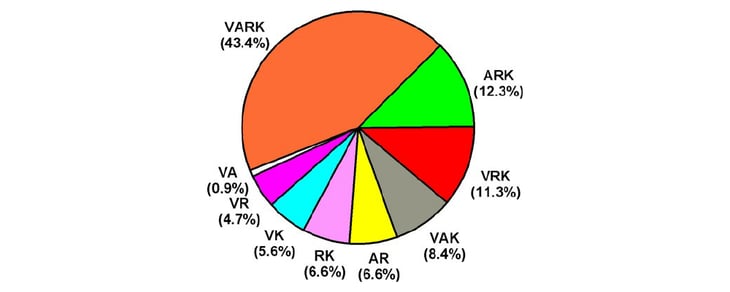
It’s obvious from these graphics that we should seek to present information in complex, multimodal ways to match the ways students actually learn. You can’t do that with a chalkboard. But you can do it with a free digital signage solution.
Digital technology is credited by teachers with permitting greater collaboration between students (79%), supporting greater personal expression from students (78%), and allowing students to share their work with a wider and more varied audience (96%).
Using the international PISA (Programme for International Student Assessment) scores, McKinsey was able to show how different classroom technologies affected learning:
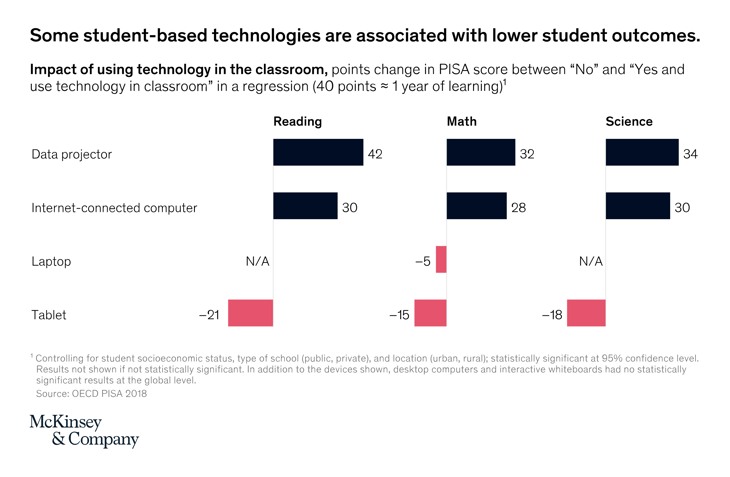
Using data projectors and internet-connected computers was associated with a bump in reading that neared or exceeded the expected results of an additional year of learning. Math and science scores might be less emphatic but they remain impressive.
The evidence from McKinsey’s survey suggests that classroom-based technology is most effective when it’s in teachers’ control, with the best results coming from internet-connected screens and screens the whole class can see. (It also shows that the effect of screen usage is most pronounced, and correlates best with long usage periods of 60 minutes or more per session, in North America.)
That fits with the results of tests and surveys showing radically increased engagement from digital signs and displays. It also fits with evidence showing that such technology is most effective when used to do things for which there is no pedagogical precedent. When students used computers to look up information on the internet, attainment rose; when they used them to perform practice drills which could as easily have used pencil and paper, attainment actually fell, suggesting that it is the learning style (kinesthetic and visual) rather than the technological substrate that matters.
Assessing and Evaluating Communication Effectiveness
You know, figuring out whether your classroom communication is actually working—that's honestly one of the most important things you can do as a teacher. I mean, you might think you're explaining things clearly, but are your students really getting it? Are they engaged, or are they just sitting there looking lost? Teachers who take the time to step back and really think about how they're communicating, and who aren't afraid to ask for honest feedback from students and colleagues, well, they're the ones creating those classrooms where everyone actually thrives.
So how do you figure out if your communication is hitting the mark? There are quite a few ways to go about it, honestly. Surveys and questionnaires are pretty straightforward—just ask your students directly what's working and what's not. Sometimes the most obvious approach is the best one, right? Focus groups and small group chats can give you those deeper insights you won't get from a quick survey. It's kind of like having a real conversation instead of just checking boxes. And here's something that's always telling—just watch your students during lessons. Are they leaning in or zoning out? Their body language and participation levels can tell you a lot about whether your communication strategies are actually connecting.
Now, evaluating communication effectiveness isn't always easy, especially when you've got a classroom full of different learning styles and needs. It can feel a bit overwhelming, honestly. But here's the thing—once you start identifying those areas where things could be better and you're open to making changes, that's when you can develop strategies that really make a difference. Maybe you need more visual aids, or you're talking too fast, or perhaps you just need to create more opportunities for students to give you feedback. It's all about being willing to adjust.
Professional development opportunities—workshops, coaching, that kind of thing—can really help you build stronger communication skills and keep up with new methods and tech that actually work. When you make assessment and evaluation a regular part of what you do, not just something you think about once in a while, you're creating this dynamic classroom environment that responds to what students need. It's the kind of place where all students get the chance to participate, learn, and succeed, which is really what it's all about.
Conclusion
To bring more effective communication into the classroom, teachers should focus on pedagogical logic: why does this help students learn? Communication is a two-way street, and teaching staff should be looking for levers they can pull to help develop a ‘virtuous circle’ of appropriate and learning-centered teacher-student communication. Technology, especially in the form of internet-connected digital displays, can help with this by offering entirely novel pedagogical routes and permitting the formation of new learning relationships guided by teaching staff.
Image Credits:
Featured Image SourceMore From Our Blog
-
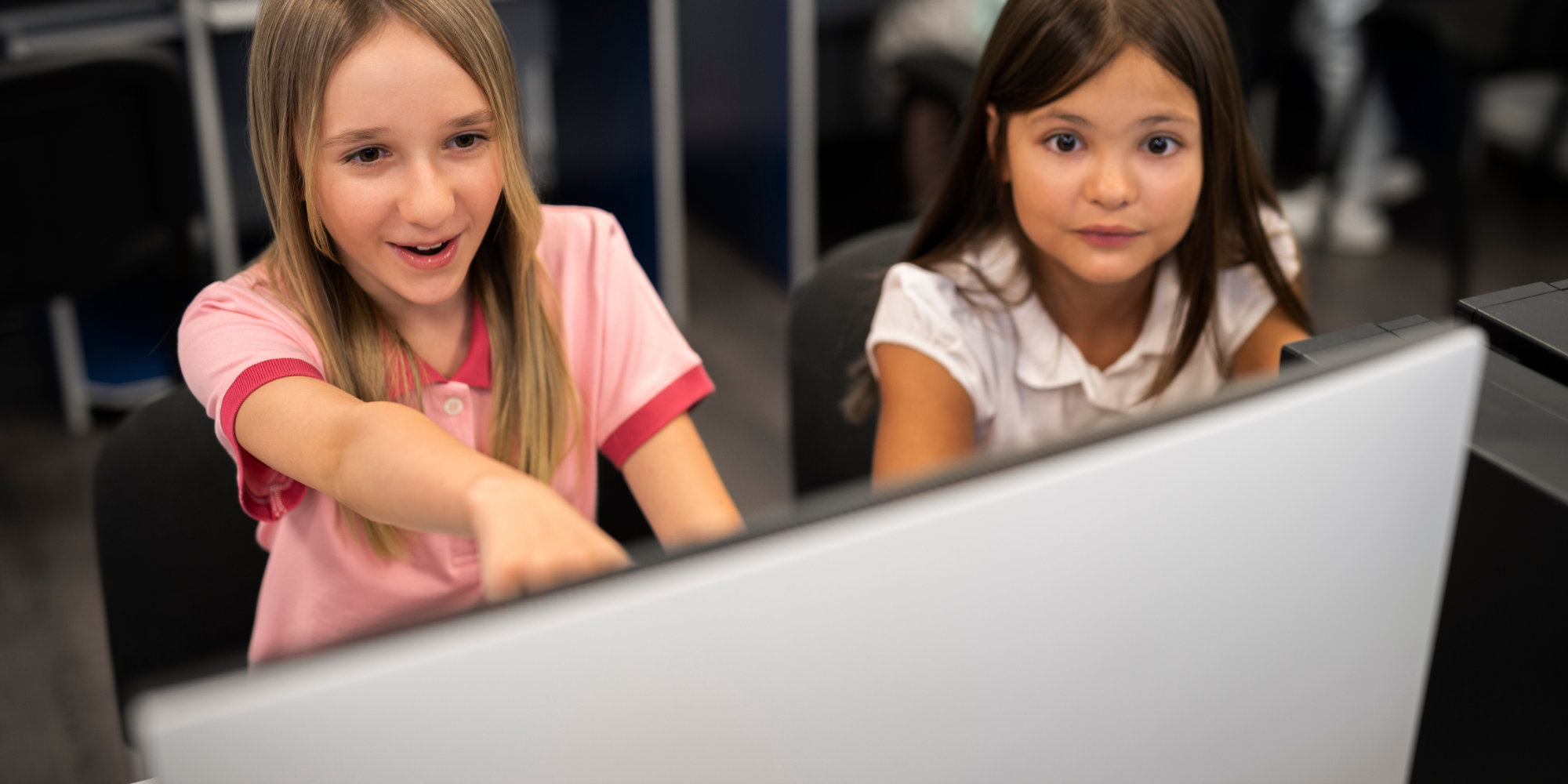
Optimizing School Announcements with Screen-Sharing Technology
In today’s fast-paced digital age, staying informed about school announcements has become more efficient thanks to screen-sharing technology. Forget about missed memos or ignored notices—this modern[…]
Read More -
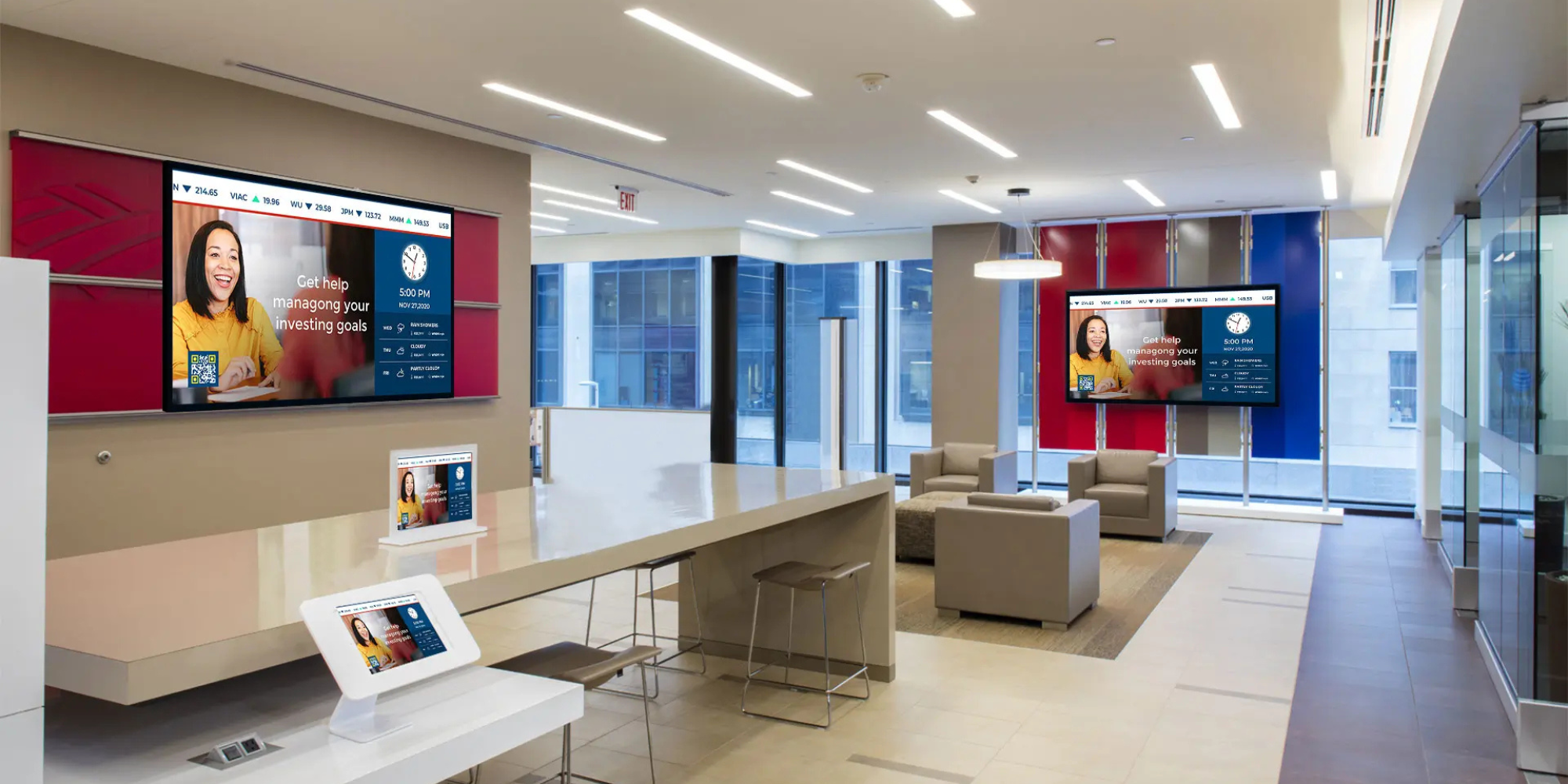
How Effective is Digital Signage?
Digital signs are revolutionizing. That's the short answer. But if you're trying to convince leadership to invest in screens for your school hallways, hospital waiting areas, or manufacturing floor,[…]
Read More -
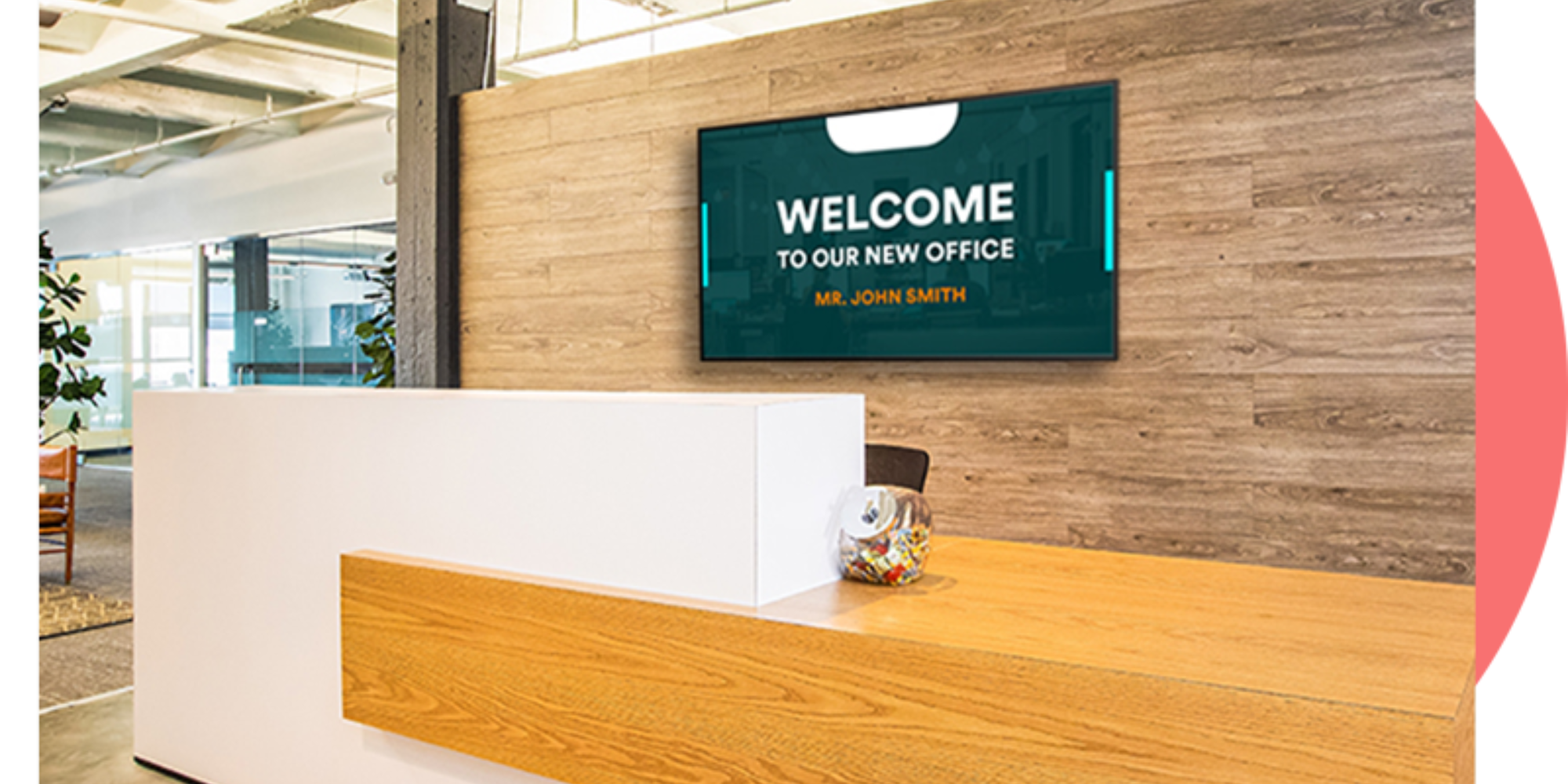
10+ Office Welcome Sign Ideas
Getting a welcome sign on your office display shouldn't take all afternoon. Rise Vision makes it pretty straightforward: pick a template, swap in your logo, and push it to your screen. Done. The[…]
Read More
Keep Your Displays Interesting – Pick New Templates Every Week!
Every week, we send template recommendations that will make you look great and improve your audience experience. And the best part, they save up to 16 hours of content creation time every week!
12,300+ Organizations Trust Rise Vision, You Can Too
Schedule a Free Demo
You deserve the #1 all-in-one platform for digital signage, screen sharing, and emergency alerts.



































